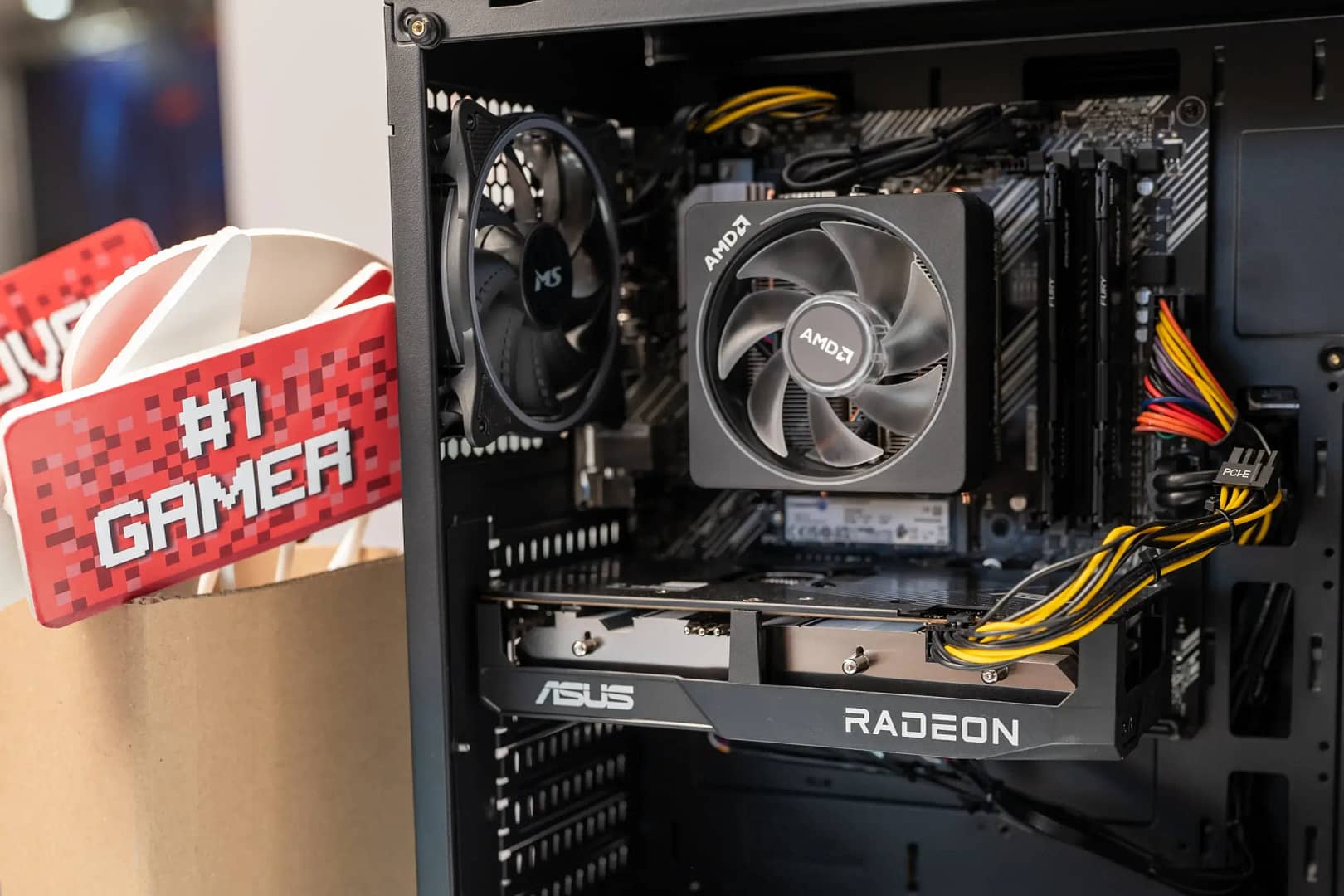The technology landscape is ever-evolving, and recent developments from major players like Apple and AMD indicate a significant shift in the industry. This article delves into three key areas: Apple’s M3 lineup, AMD’s strategic emphasis on artificial intelligence (AI), and leaked details about AMD’s upcoming Ryzen 8000 and 9000 Accelerated Processing Units (APUs).
Apple’s M3 Lineup: A Glimpse into the Future
Apple, known for pushing the boundaries of innovation, recently unveiled its M3 lineup. The standout feature is the integration of a powerful GPU with hardware-accelerated ray tracing and mesh shaders. Notably, the integrated GPU incorporates dynamic caching, a method that allocates shared memory dynamically to enhance efficiency. The M3 series comprises the M3, M3 Pro, and M3 Max models, each offering varying configurations of CPU and GPU cores. The performance boost, especially in efficiency cores, showcases Apple’s commitment to staying at the forefront of computational capabilities.
AMD’s Strategic Embrace of Artificial Intelligence
In a pivotal earnings call, AMD’s CEO outlined a strategic shift toward artificial intelligence. The company, inspired by the success of NVIDIA in the AI sector, aims to make significant strides in Data Center GPU revenue. Projections indicate a staggering $2 billion in revenue by 2024, making the MI30 the fastest product to ramp to $1 billion in AMD’s history. While this strategic move aligns with industry trends, concerns linger about potential repercussions for AMD’s gaming segment. Balancing success in AI with continued support for gaming is a delicate tightrope walk, and observers are keenly watching AMD’s future moves.
Leaked Insights into AMD’s Ryzen 8000/9000 APUs
Excitement brews in the hardware enthusiast community as leaked information sheds light on AMD’s plans for the Ryzen 8000 and 9000 APUs. The roadmap suggests a continuation of the Dragon Range for high-end CPUs until 2025, with the subsequent introduction of the Fire Range featuring 16-core CPUs built on the Zen 5 architecture. Of particular interest is the STX Halo APU, a potential game-changer boasting 16 cores and 40 RDNA 3.5 Compute Units (CUs). This APU, if realized, could pose a substantial challenge to low-end discrete GPUs, signaling AMD’s ambitions in the graphics market. The roadmap also outlines lower-end models like STXs Point, showcasing a commitment to diverse offerings.
The Decline of Hard Drives in PC Gaming
A somber note resonates in the gaming community as the transcript highlights the obsolescence of hard drives for PC gaming. Games like Starfield, Cyberpunk 2077, Alan Wake 2, and Avatar: Frontiers of Pandora now require SSDs due to their increasing storage demands. The minimum specifications for these games mandate the use of faster storage, rendering traditional hard drives impractical. While SSDs have become more affordable over the years, the transcript acknowledges the continued affordability of hard drives. However, it predicts a gradual shift towards faster storage technologies, driven in part by innovations like Microsoft’s Direct Storage, promising faster load times.
Conclusion: Navigating the Waves of Technological Change
In conclusion, these developments from Apple and AMD paint a vivid picture of the ever-evolving tech landscape. Apple’s M3 lineup showcases its commitment to integrating cutting-edge features, while AMD’s strategic pivot towards AI signals a broader industry trend. The leaked information on Ryzen 8000 and 9000 APUs teases exciting possibilities, especially in the graphics domain. As the industry adapts to these changes, the declining relevance of hard drives in PC gaming serves as a poignant reminder of the relentless march towards faster, more efficient technologies. The future promises innovation and tech enthusiasts eagerly anticipate the next wave of advancements that will shape our digital experiences.
FAQ
How does AMD plan to embrace artificial intelligence, and what are the projected outcomes?
In a recent earnings call, AMD’s CEO outlined a strategic shift toward artificial intelligence (AI), inspired by NVIDIA’s success in the AI sector. AMD aims to make significant strides in Data Center GPU revenue, with projections indicating $2 billion in revenue by 2024. The MI30, part of this strategic move, is projected to be the fastest product to ramp to $1 billion in AMD’s history. However, concerns linger about potential repercussions for AMD’s gaming segment, and observers are closely monitoring the company’s future moves.
Why is there concern about the decline of hard drives in PC gaming?
The article highlights the obsolescence of hard drives for PC gaming due to increasing storage demands in games like Starfield, Cyberpunk 2077, Alan Wake 2, and Avatar: Frontiers of Pandora. These games now require SSDs for faster storage, rendering traditional hard drives impractical. While SSDs have become more affordable, the transcript acknowledges the continued affordability of hard drives but predicts a gradual shift towards faster storage technologies, driven in part by innovations like Microsoft’s Direct Storage.
